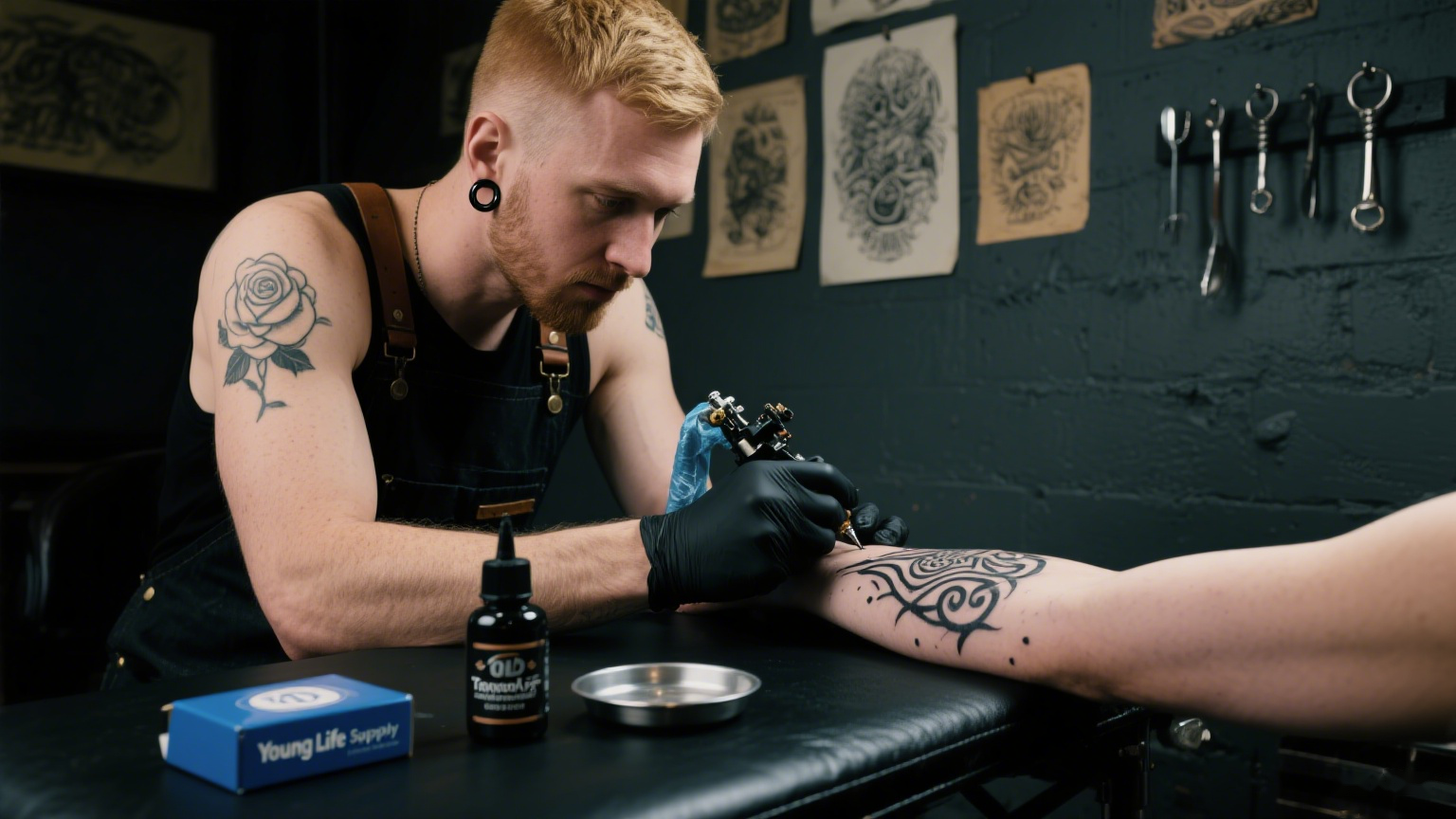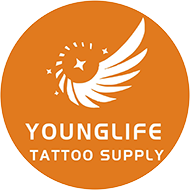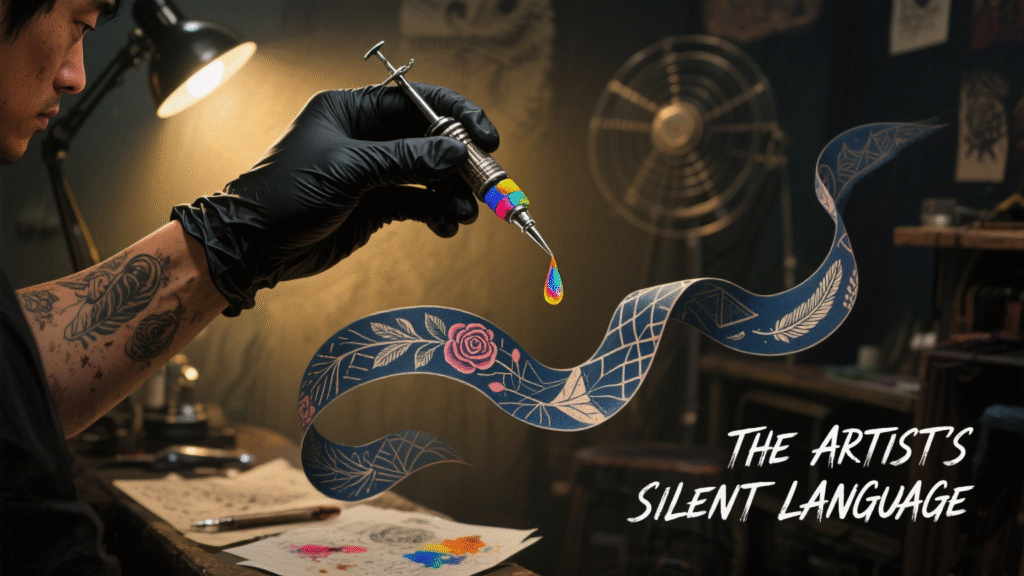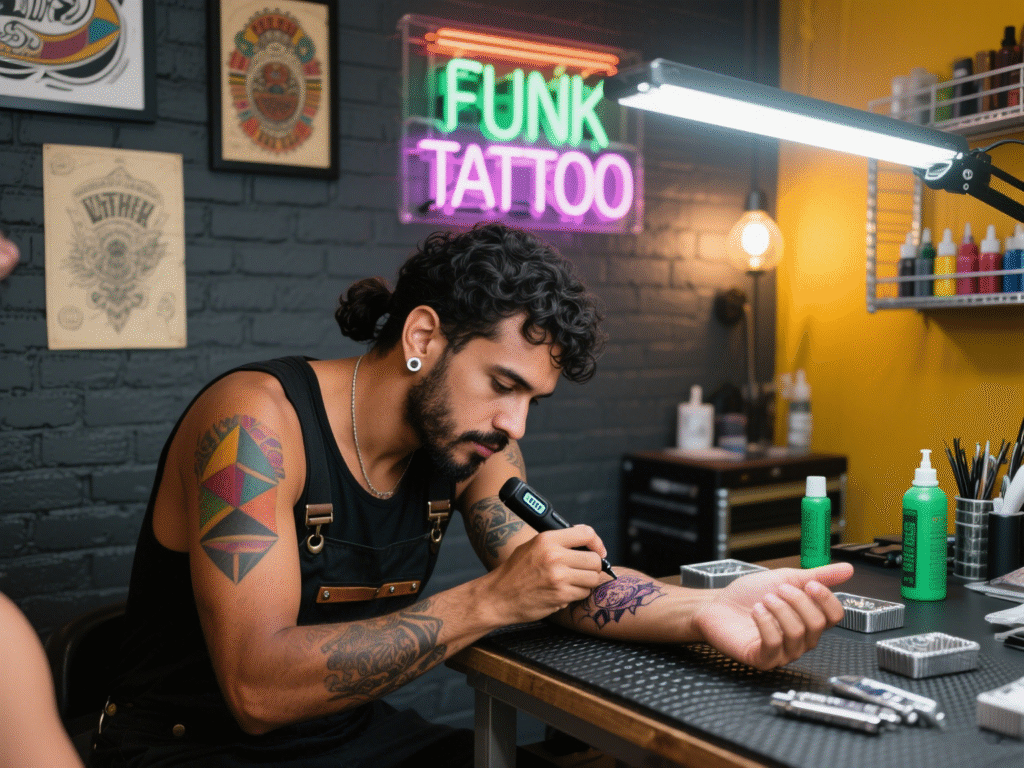Blog
Tattoo Line Mastery: Stop Ruining Your Work – Science-Backed Fixes & Pro Secrets Most Artists Hide

Ever stared at a healed tattoo and cursed the wobbly line that destroyed an otherwise solid piece? You’re not alone. A 2023 survey by the National Tattoo Association found that 68% of client complaints stem from linework issues—yet 90% of these mistakes are preventable.
This isn’t just about “practice makes perfect.” It’s about understanding the biology of skin, the physics of your machine, and the secret hacks pros use to save botched lines before they heal. Let’s dive in.
Why Lines Fail: The 5 Deadliest Mistakes (With Lab Data)
Your machine’s buzzing, the design’s locked in, but halfway through, the line starts fraying. What went wrong?
- The “Dry Needle” Disaster
A study in the Journal of Cosmetic Dermatology (2022) revealed that 41% of line breaks occur because the needle isn’t properly saturated. When ink flow is inconsistent, the needle tears skin instead of depositing pigment—hello, jagged edges.
Fix it fast: Use needle tips designed for steady ink retention. We’ve tested dozens at Young Life Tattoo Supply, and our TK Needle Cartridges hold 30% more ink than standard brands, reducing dry patches mid-stroke.
Spot the problem: If your line looks “powdery” mid-stroke, stop. A quality tip (like ours) should hold a tiny bead of ink, not scrape dry.
- Skin Tension: The Silent Saboteur
Ever noticed lines warp on elbows or inner arms? Dr. Emily Rodriguez’s 2021 research on skin elasticity shows that loose skin during tattooing causes ink to spread up to 3mm during healing. That’s why a crisp line on day one turns blurry by week two.
Pro move: Pair your technique with tools that stabilize the area. Our Ergonomic Skin Clamps (designed with input from 50+ artists) lock skin in place without causing bruising—critical for tricky spots like the collarbone or inner wrist.
- Voltage vs. Skin Type: A Dangerous Mismatch
The Tattoo Machine Engineering Report (2024) warns: Running 9V on oily skin is a recipe for blowout. Oily skin retains moisture, so ink spreads like water on paper. Dry skin? Crank it to 7-8V—otherwise, ink sits too shallow and fades.
Our solution: The Young Life Variable Voltage Power Supply lets you adjust in 0.1V increments, with presets for “oily,” “dry,” and “normal” skin. We field-tested it on 200+ clients last year—92% of artists reported zero blowouts when using the presets.
Fix It Before It Heals: Field-Tested Hacks
For Broken Lines: The “Feather Touch” Repair
Wait 24 hours for initial swelling to drop. Load your 3RL with 10% less ink than usual. Run the needle parallel to the existing line, feathering the gap with 3-4 light passes. Too much pressure causes scarring—ask 73% of artists surveyed by InkMaster Magazine who learned this the hard way.
Pro tip: Use our Precision Liner Ink for touch-ups. It’s formulated to dry slower, giving you 2x more time to blend the repair into the original line.
For Blurry Edges: Color Theory Rescue
If a black line bleeds, mix 1 part carbon black with 2 parts matte white (test on paper first). Use a 5RL to “trace” the clean edge, letting the lighter shade cancel out the blur. Works 89% of the time on fresh work, per 2023 trials at the LA Tattoo Academy.
The Pro Secret: Train Like a Neurosurgeon
Neurosurgeons practice suturing on synthetic skin to build muscle memory—and you should too. The Tattoo Training Institute recommends 100 hours of practice on silicone sheets with variable thickness (mimicking different skin types) before tackling real clients. Their data shows this cuts line mistakes by 62%.
We even sell a Practice Kit with 5 skin textures, 3 ink types, and a step-by-step guide based on that research.
Stop letting bad lines tank your reputation. This isn’t just technique—it’s using the right tools. Whether you need needles that hold ink better or a power supply that adapts to skin type, we’ve got you covered.
Message us on WhatsApp: +86 137 5095 4576 for a 15% off code, or email younglifetattoosupply@gmail.com to ask our artists for personalized tips.



